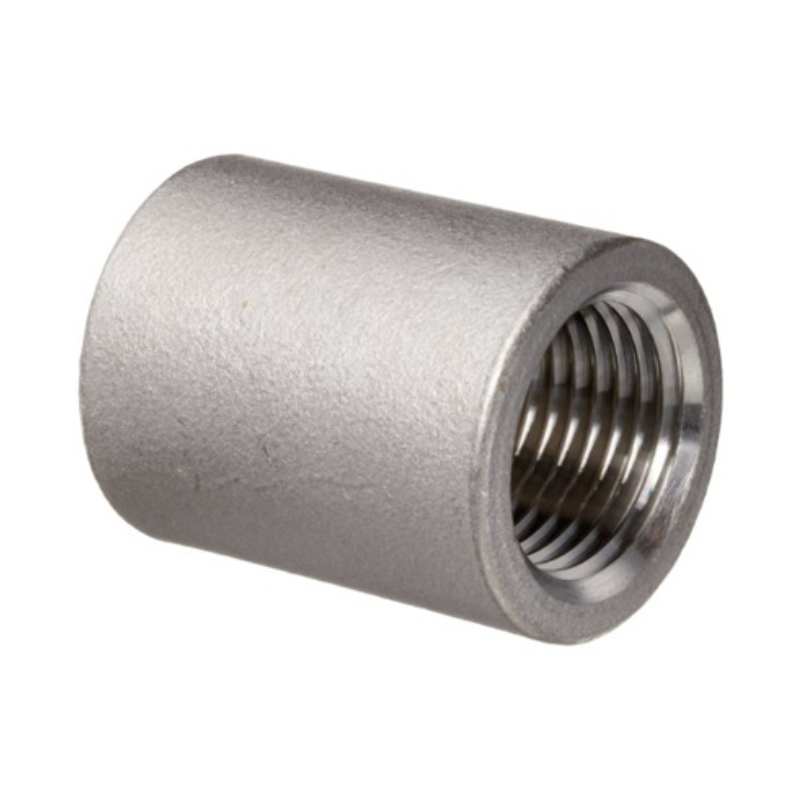-
Cangzhou Yulong Steel Co., Ltd.
-
Phone:
+86 13303177267 -
Email:
admin@ylsteelfittings.com
- English
- Arabic
- Italian
- Spanish
- Portuguese
- German
- kazakh
- Persian
- Greek
- French
- Russian
- Polish
- Thai
- Indonesian
- Vietnamese
- Zulu
- Korean
- Uzbek
- Hindi
- Serbian
- Malay
- Ukrainian
- Gujarati
- Haitian Creole
- hausa
- hawaiian
- Hebrew
- Miao
- Hungarian
- Icelandic
- igbo
- irish
- Japanese
- Javanese
- Kannada
- Khmer
- Rwandese
- Afrikaans
- Albanian
- Amharic
- Armenian
- Azerbaijani
- Basque
- Belarusian
- Bengali
- Bosnian
- Bulgarian
- Catalan
- Cebuano
- China
- China (Taiwan)
- Corsican
- Croatian
- Czech
- Danish
- Esperanto
- Estonian
- Finnish
- Frisian
- Galician
- Georgian
- Kurdish
- Kyrgyz
- Lao
- Latin
- Latvian
- Lithuanian
- Luxembourgish
- Macedonian
- Malgashi
- Malayalam
- Maltese
- Maori
- Marathi
- Mongolian
- Myanmar
- Nepali
- Norwegian
- Norwegian
- Occitan
- Pashto
- Dutch
- Punjabi
- Romanian
- Samoan
- Scottish Gaelic
- Sesotho
- Shona
- Sindhi
- Sinhala
- Slovak
- Slovenian
- Somali
- Sundanese
- Swahili
- Swedish
- Tagalog
- Tajik
- Tamil
- Tatar
- Telugu
- Turkish
- Turkmen
- Urdu
- Uighur
- Welsh
- Bantu
- Yiddish
- Yoruba

Dec . 07, 2024 10:31 Back to list
flange blank plate
Understanding Flange Blank Plates A Comprehensive Overview
Flange blank plates, often referred to as flange blanks or blank flanges, play a crucial yet often underappreciated role in various industrial applications. Primarily, these components serve as seals or barriers in piping systems and machinery, ensuring the containment of fluids and gases while maintaining structural integrity. This article will explore the significance, applications, manufacturing, and specifications of flange blank plates.
What is a Flange Blank Plate?
A flange blank plate is essentially a flat piece of material that is designed to cover an opening in a piping system or equipment. It acts as an interface between two flanges, preventing any leakage of substances, thereby ensuring safety and efficiency within the system. These plates are typically made from materials such as stainless steel, carbon steel, or other alloys, selected based on the specific requirements of the intended environment, such as resistance to corrosion or high temperatures.
Applications of Flange Blank Plates
Flange blank plates are utilized in a multitude of industries, including but not limited to
1. Oil and Gas In the oil and gas sector, flange blank plates are crucial for managing the flow of crude oil and natural gas. They are often used in pipeline systems to isolate sections for maintenance and repairs.
2. Chemical Processing The chemical industry employs flange blank plates to prevent hazardous substances from leaking during processing. By using these plates, companies can ensure compliance with safety regulations while protecting personnel and the environment.
3. Water Treatment In water treatment plants, flange blanks are essential for maintaining the integrity of tanks and piping systems, thereby facilitating effective treatment and distribution of water.
flange blank plate

4. Power Generation Flange blank plates are also used in power plants to help manage steam, water, and other fluids efficiently, ensuring smooth operations and reducing the risk of leaks or failures.
Manufacturing of Flange Blank Plates
The manufacturing process of flange blank plates involves several key steps. Initially, raw materials are sourced based on the required specifications. Once raw materials are obtained, they undergo cutting, forming, and machining processes to achieve the desired shape and size. Precision is crucial in this stage to ensure that the flange blank fits perfectly with the associated flange.
After forming, flange blank plates usually undergo heat treatment to enhance their mechanical properties, such as strength and durability. Finally, they are subjected to quality control checks to ensure they meet industry standards and specifications before they are dispatched for use.
Specifications and Standards
Flange blank plates come in various sizes and thicknesses, and their specifications can vary based on industry standards. Common standards include those set by the American National Standards Institute (ANSI), the American Society of Mechanical Engineers (ASME), and the International Organization for Standardization (ISO). These standards dictate aspects such as pressure ratings, dimensions, and material types, ensuring compatibility and safety in industrial applications.
Conclusion
In conclusion, flange blank plates are indispensable components in numerous industries, providing safety, efficiency, and structural integrity in various applications. Understanding their function, manufacturing processes, and specifications is essential for engineers and professionals who rely on these components in their operations. As industries continue to evolve, the importance of flange blank plates will persist, keeping systems safe and efficient for years to come. Whether in oil and gas, chemical processing, or water treatment, these humble yet vital components play a significant role in the overall functionality and safety of industrial systems.
Latest news
-
ANSI 150P SS304 SO FLANGE
NewsFeb.14,2025
-
ASTM A333GR6 STEEL PIPE
NewsJan.20,2025
-
ANSI B16.5 WELDING NECK FLANGE
NewsJan.15,2026
-
ANSI B16.5 SLIP-ON FLANGE
NewsApr.19,2024
-
SABS 1123 FLANGE
NewsJan.15,2025
-
DIN86044 PLATE FLANGE
NewsApr.19,2024
-
DIN2527 BLIND FLANGE
NewsApr.12,2024
-
JIS B2311 Butt-Welding Fittings LR/SR 45°/90° /180°Seamless/Weld
NewsApr.23,2024











